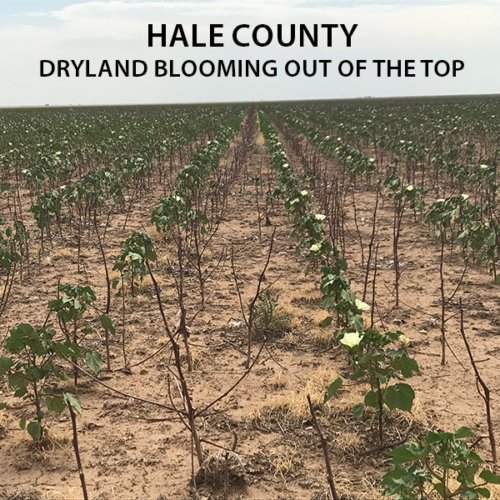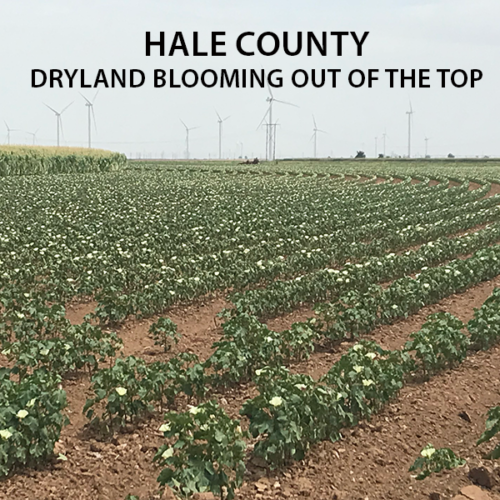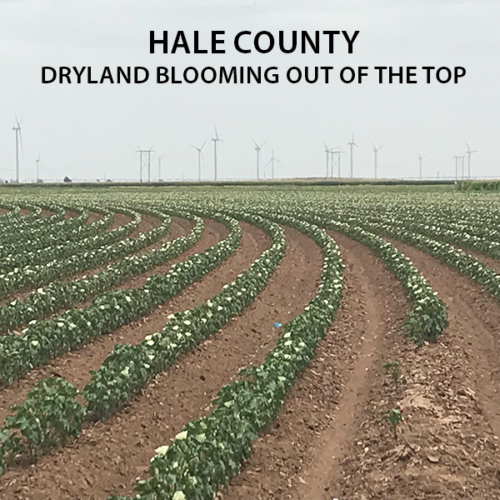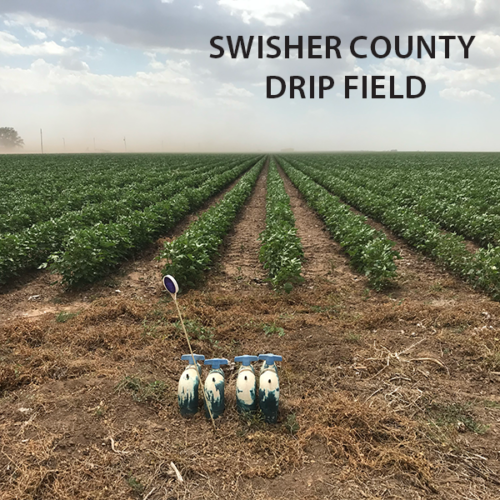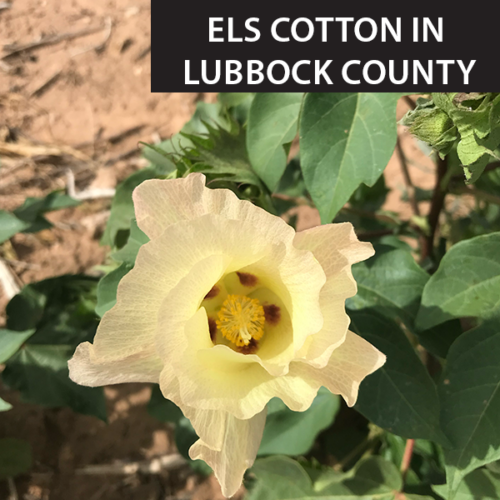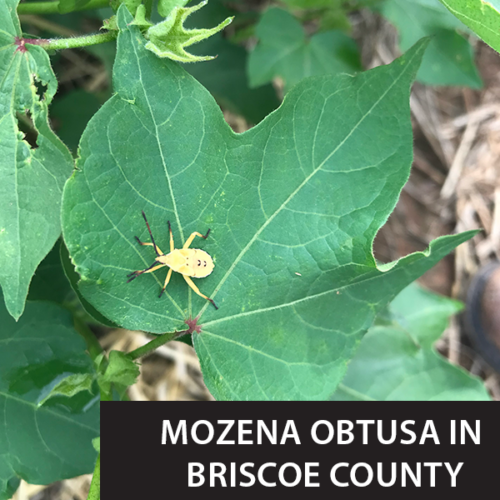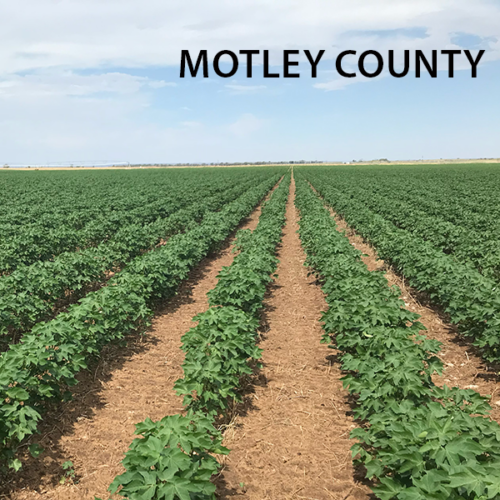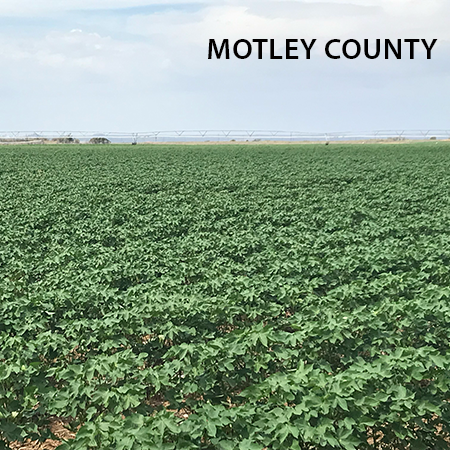
Legislative Update
On behalf of Plains Cotton Growers Inc., chief executive officer, Kody Bessent, went to Washington D.C. July 14 and 15 to meet with Congressional members and staff in advance of the House considering the Fiscal Year (FY) 2023 Agriculture Appropriations bill. While there, he expressed PCG’s sincere gratitude for the recently implemented Emergency Relief Program — an effort worked on and supported by Congress and advocacy organizations, including PCG, since March 2021.
Additionally, Bessent provided an update regarding the ongoing adversity producers and infrastructure face this cropping season due to high winds, below normal rainfall and extreme temperatures that have had a negative impact on cotton acres and production. He emphasized the potential need for future assistance should conditions persist.
Bessent attended key political events on behalf of PCG where we continue to build upon our advocacy and coalition efforts in advance of the development of the 2023 Farm Bill. He also had the opportunity to visit with producer participants of the National Cotton Council Policy Education Program, discussing the importance of advocacy in agriculture.

PCG CEO Kody Bessent with Rep. Kevin McCarthy (R-Calif.) and NCC Senior Government Relations Representative Robbie Minnich.
This week, the House advanced H.R. 8294, a mini-series of six of the 12 FY 2023 spending bills — including the Agriculture, Rural Development, Food and Drug Administration, and Related Agencies bill — on a 220 to 207 vote. Specifically, the agriculture related provisions of the minibus include $27.2 billion in discretionary funding in FY 2023, $2.08 billion more than the FY 2022 level. The bill also includes mandatory funding for nutrition assistance and crop insurance programs, which would bring the total to $195.6 billion.
Cotton initiatives specifically included in the legislation are the following:
- $1 million above FY 2022 support levels for research efforts to combat whiteflies that are severely impacting vegetable and cotton production in southeastern parts of the U.S.
- $15.9 million provided for the U.S. Department of Agriculture (USDA) Animal and Plant Health Inspection Service (APHIS) Plant Protection and Quarantine Cotton Pests Programs to ensure APHIS and the cotton industry have adequate funding to prevent cotton boll weevil reinfestation in areas of the U.S. where it has been successfully eradicated.
- $4 million provided for improvements to the U.S. cotton classing offices and operations as Congress acknowledges the challenges presented during the 2021 cotton season such as extensive delays in quality designation, contract delivery and loan repayments.
Furthermore, Congress encourages the USDA Agricultural Marketing Service to continue to work with its customers to secure stability and dependability of the cotton classification program to ensure it accurately processes numerous samples of cotton in a timely manner with less reliance on seasonal staff, which translates to less disruption of market opportunities for producers.
House Democrats are hoping to clear most of the 12 appropriations bills by the end of this month. However, at this point, the initial passage of this week’s minibus spending package does not have a clear path forward before the end of the fiscal year on September 30. Furthermore, the Senate Appropriations Committee has yet to schedule any hearings to mark up any of the spending bills, undoubtedly teeing up Congress to pass a continuing resolution at the beginning of FY 2023 to avoid a government shutdown.
This will likely result in a lame-duck negotiating session to pass either an omni spending package or a year-long continuing resolution. As progress on these initiatives are made, PCG will continue to keep our members and readership updated on its advancement.
Field Days Offered to Growers
PhytoGen is hosting two field tours for growers August 25th and August 26th.
Through these tours, you can earn continuing education units for Texas Department of Agriculture Applicator Drift Minimization (1 credit), Certified Crop Adviser (CCA) Soil and Water (0.5 units), CCA Integrated Pest Management (1.5 units), and CCA Crop Management (1 unit).
The tour will start at 9 a.m. on August 25th, followed by lunch at Cook’s Garage.
The August 26th field day will begin with lunch at Cook’s followed by 1:30 p.m. tour.
The tours consist of Enlist system demos, variety trials showcase and a session on the new trait package offering tolerance to 2,4-D and glufosinate, for use with Enlist One herbicide.
If you have questions, contact Ken Legé at ken.lege@phytogen.com
Musings from Mark: High Plains Crop Conditions
Cotton growers on the High Plains planted an estimated 4.3 to 4.4 million acres of cotton in 2022. This growing season has dealt many challenges to producers. After a dry winter and a large 2021 crop, the 2022 season began with virtually no sub-soil moisture aside from pre-plant irrigation. Spring/summer growing challenges included: high winds, below normal rainfall, high temperatures and isolated damaging hail. On May 22nd, Amarillo recorded a minimum temperature of 39 degrees. Lubbock has experienced more than 20 days at or above 100, with more in the forecast. These conditions have been reminiscent of the epic drought of 2011.
The deadline for certifying acreage was July 15th, so we are still awaiting official reports of planted and failed acres. More than half of the acres are non-irrigated. We have already lost most of the dryland acres to drought and some of the irrigated acres to wind, hail and excessive heat.
Many cotton fields in the northern Panhandle are thin and estimated at 10 days behind normal development. Most of our region continues to suffer from lack of rainfall and high temperatures. A few “July 4th” blooms were observed in early planted fields. Many fields are reaching early bloom as of mid-July, with a range of five to nine nodes above white flower (NAWF) in irrigated fields. Many drylands fields have already reached cutout (4 or fewer NAWF) Many fields do not have enough irrigation capacity to keep up with evapotranspiration demand during bloom, so yield potential will continue to decline in those fields without rainfall.
The percentage of fruit retention is very good in most fields. The National Weather Service official rainfall in Lubbock is 4.79 inches (43% of normal rainfall January through July). Lubbock has experienced 27 days at or above 100 degrees Fahrenheit thus far in 2022. In 2011, 48 days at or above 100 degrees were recorded.
As fields enter the bloom and boll set phase, daily water use increases rapidly as does nitrogen uptake. Evapotranspiration was high this week because of extreme temperatures. Therefore, fields experienced increased water demand. Many dryland fields are blooming out of the top of the plant.
The intensity of this drought is not as widespread across the High Plains or other regions of Texas as compared to the 2011 drought, although, some counties are just as severe. However, three differences are noted:
1) There was virtually no sub-soil moisture at the beginning of this season while there was sub-soil moisture beginning in 2011.
2) Input costs (electricity, diesel, fertilizer, etc) are generally much higher respective to 2011.
3) Irrigation capacity has declined in most areas since 2011.
